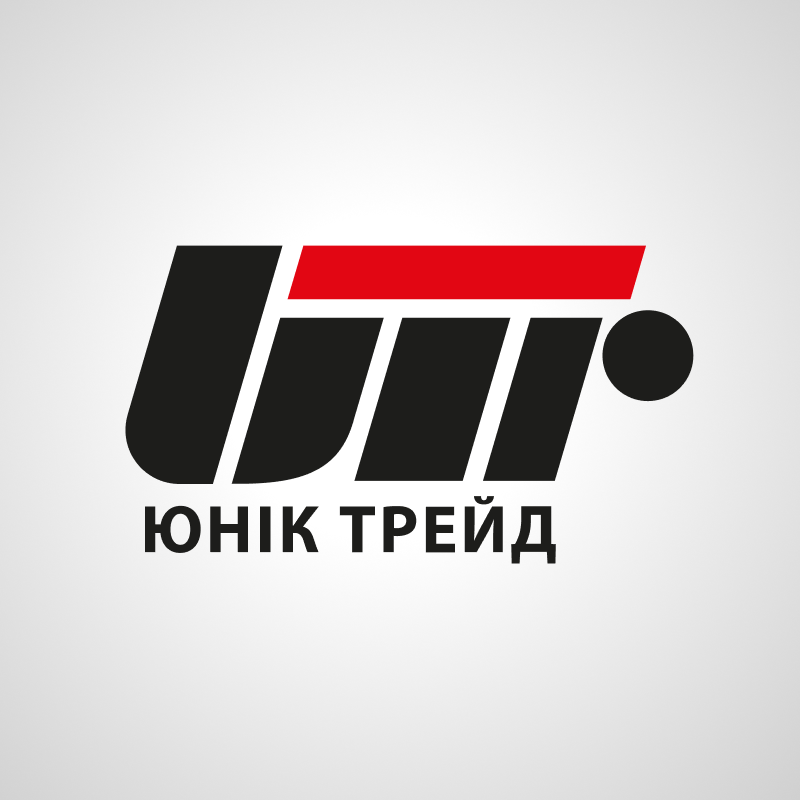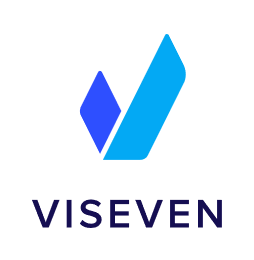
Growth map: how position learning paths solve business challenges
Employee turnover is a headache for many companies. New employees come in and experienced professionals leave, taking valuable knowledge and skills with them.
How do you solve this problem? How do you make sure that every employee knows their development path, that new employees quickly become effective, and that key positions never remain vacant for long?
One of the first steps is learning paths.
Creating position paths allows you to speed up the adaptation of new employees and build a strong talent pool.
Why this approach is becoming indispensable for modern companies, how it can transform a business by turning challenges into opportunities for growth, and what role LMS plays in this, we will tell you in the article.
What are learning paths?
Learning paths are structured, personalized development plans designed for specific positions or roles. They represent a clearly defined path that an employee must follow to acquire the necessary knowledge, skills and competencies.
Learning paths consist of a sequence of learning modules, courses, practical assignments, and assessments. They are logically interconnected and meet specific learning objectives. They can also cover both technical skills specific to a particular position and soft skills necessary for successful teamwork.
Why is it important for companies to create job learning paths?
This approach allows us to solve several critical business problems simultaneously, ensuring long-term stability and development:
– Speed up the adaptation of new employees.
With a clear training program in place, newcomers learn their responsibilities faster and integrate into the corporate culture.
– Create a talent pool.
Learning paths allow us to systematically develop the potential of our employees, purposefully preparing them for future challenges and opportunities in the company.
– Organize effective retraining of current employees.
Learning paths allow employees to quickly and flexibly adapt their skills to new market and business requirements.
– Ensure business continuity.
With the help of learning paths, the company will always have a sufficient number of qualified specialists to perform critical functions, even in the face of staff changes or business expansion.
– Prepare employees to fill key positions, including management positions.
Having trained candidates for important positions ensures smooth business processes and significantly reduces the risks of changing the management team.
Creating learning paths by position: where to start
 1. Selection of key positions in the company
1. Selection of key positions in the company
The first step in creating learning paths is to select key positions. This process involves a thorough analysis of the company’s organizational structure to identify the roles that have the greatest impact on achieving business goals.
When choosing positions, it is imperative to take into account the company’s strategic goals. It is also important to analyze current and future business needs.
- Which positions are critical to the company’s competitiveness?
- What roles may become key in the near future, given the industry trends?
To effectively select key positions, we recommend involving department heads and HR specialists. Their experience and understanding of the specifics of the job will help determine which positions require the most attention in terms of development and learning.
 2. Identify the required knowledge and skills for each position
2. Identify the required knowledge and skills for each position
At this stage, it is necessary to create a competency profile for each key position. This process is based on a thorough analysis of job descriptions and qualification requirements. It is important to identify both the technical skills specific to each role and the soft skills required to work effectively in a team.
Yana Rudman, leading manager of the learning and development department at Planeta Kino, notes:
«In general, if it’s line staff, the emphasis is on professional skills, but if it’s a central office employee, then more attention is paid to the manager’s communication with subordinates, one-on-one work, etc. But mostly, we try to combine and develop both hard and soft skills of an employee».
This emphasizes the importance of balanced development of both professional and personal competencies. For frontline staff, such as cashiers or operators, the focus may be on technical skills with equipment and knowledge of procedures. For middle managers and above, in addition to professional knowledge, communication skills, leadership, conflict resolution, strategic thinking, etc. become critical.
When creating a competency profile, it is also necessary to take into account the future needs of the company and industry trends. This will allow you to identify skills that may become important in the future and include them in learning paths in advance.
 3. Creation of learning plans for each position
3. Creation of learning plans for each position
The next step is to develop curricula and a modular structure, which involves breaking down a large amount of information into smaller parts. Each module should cover clearly defined learning objectives. It is also important to set up a logical sequence of knowledge acquisition, starting with basic concepts and gradually moving on to more complex aspects. This ensures effective learning and skill development.
In addition, it is necessary to maintain a balance between theoretical knowledge and practical skills so that employees can apply them in practice.
 4. Selection of learning formats
4. Selection of learning formats
A combination of different formats can help meet different learning styles and keep employees engaged. When choosing learning formats, you should consider the specifics of the job, available resources, and employee needs. As some roles may require more hands-on learning, while others may be more effective at absorbing theoretical material.
For example, video courses are useful for visualizing complex concepts or demonstrating practical skills. Practical tasks allow employees to apply the knowledge they have gained in real or simulated situations. Testing – to assess learning progress and consolidate learning.
 5. Development of learning paths and initial launch
5. Development of learning paths and initial launch
This stage is the culmination of the previous work and involves the direct creation of learning trajectories with their subsequent testing.
To test the effectiveness of the developed trajectories, we recommend forming a test group of employees for pilot testing. This group should be representative and include employees from different levels and departments.
During this stage, it is also important to monitor progress and collect detailed feedback from participants to identify potential gaps and make necessary adjustments. This can be done through surveys and interviews.
Particular attention should be paid to assessing the content of the training materials, the effectiveness of the chosen learning formats, and the overall structure of the trajectories. This will help you understand how well the program meets the real needs of employees and the company.
Learning paths and LMS
The use of an LMS (Learning Management System) optimizes the process associated with learning paths for different positions. For example, in LMS Collaborator you can:
- Create complex learning paths or combine many small modules into one system.
- Customize the sequence of tasks depending on the success of their completion, providing a personalized approach to learning.
- Automate the assignment of trajectories and set deadlines for the automatic opening of each task, optimizing the learning process.
- Pause between task assignments to plan the learning path in accordance with the overall learning plan.
- Integrate a variety of learning content formats: videos, presentations, courses, tests, webinars, surveys, etc., ensuring the diversity and effectiveness of the learning process.
- Track the progress of training paths, collect detailed analytics for each employee, and generate informative reports for strategic decision-making.

Try LMS Collaborator today and see how easy it is to create, implement, and monitor learning paths for all levels of staff.
Submit a request to get a demo version of the learning platform.



































